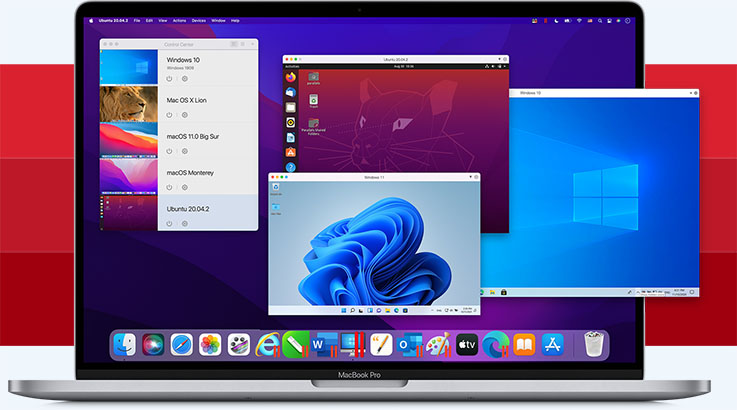

- #Parallels desktop 12 for mac upgrade to pro how to
- #Parallels desktop 12 for mac upgrade to pro full version
Regardless of which system you're using, Parallels 17 resumes Windows and Linux up to 38 percent faster, while OpenGL graphics run up to six times faster than the previous version.

Microsoft's built-in emulation for Windows means that Windows 10 Insider Preview can run almost any 32-bit x86 app as well as "many" 64-bit x86 apps, and the M1's power helps to make up for speed lost due to emulation.Īs for what's new, Parallels has speed improvements across the board, whether you're running Intel or M1. So while Intel Macs still offer the broadest compatibility, Parallels has found that the raw power of the M1 chip means users likely aren't giving anything up running the Windows 10 or 11 Insider Previews. It officially supports 12 different Linux distros, while M1 Macs can only virtualize four right now (including Ubuntu and Fedora). On an Intel-based Mac, however, users can still run a host of virtual machines, including Windows support all the way back to XP and Windows 2000, and macOS all the way back to 2011's OS X Lion.

#Parallels desktop 12 for mac upgrade to pro full version
But, Parallels unequivocally says that when the full version of Windows 11 is released to the public, it'll run on Parallels 17. As of today, the only versions of Windows that Parallels can run on an M1 Mac are the Insider Previews for Windows 10 and Windows 11 - because those versions of the OS are able to run on ARM-based hardware. Apple moving the Mac to ARM architecture means there are now two classes of Macs for Parallels to support. Now, Parallels Desktop 17 is being released with improved performance on M1 Macs, as well as full support for the upcoming macOS Monterey and Windows 11 operating systems.īefore getting into these improvements, though, it's worth taking a moment to talk compatibility.
#Parallels desktop 12 for mac upgrade to pro how to
In addition to building a version of Parallels that can run on Chrome OS for the first time, the company also had to figure out how to quickly make its software work with the new, ARM-based M1 Macs that arrived last fall. Parallels, the company best known for its virtualization software that lets you run Windows and Linux directly on your Mac, has had a busy year.


 0 kommentar(er)
0 kommentar(er)
